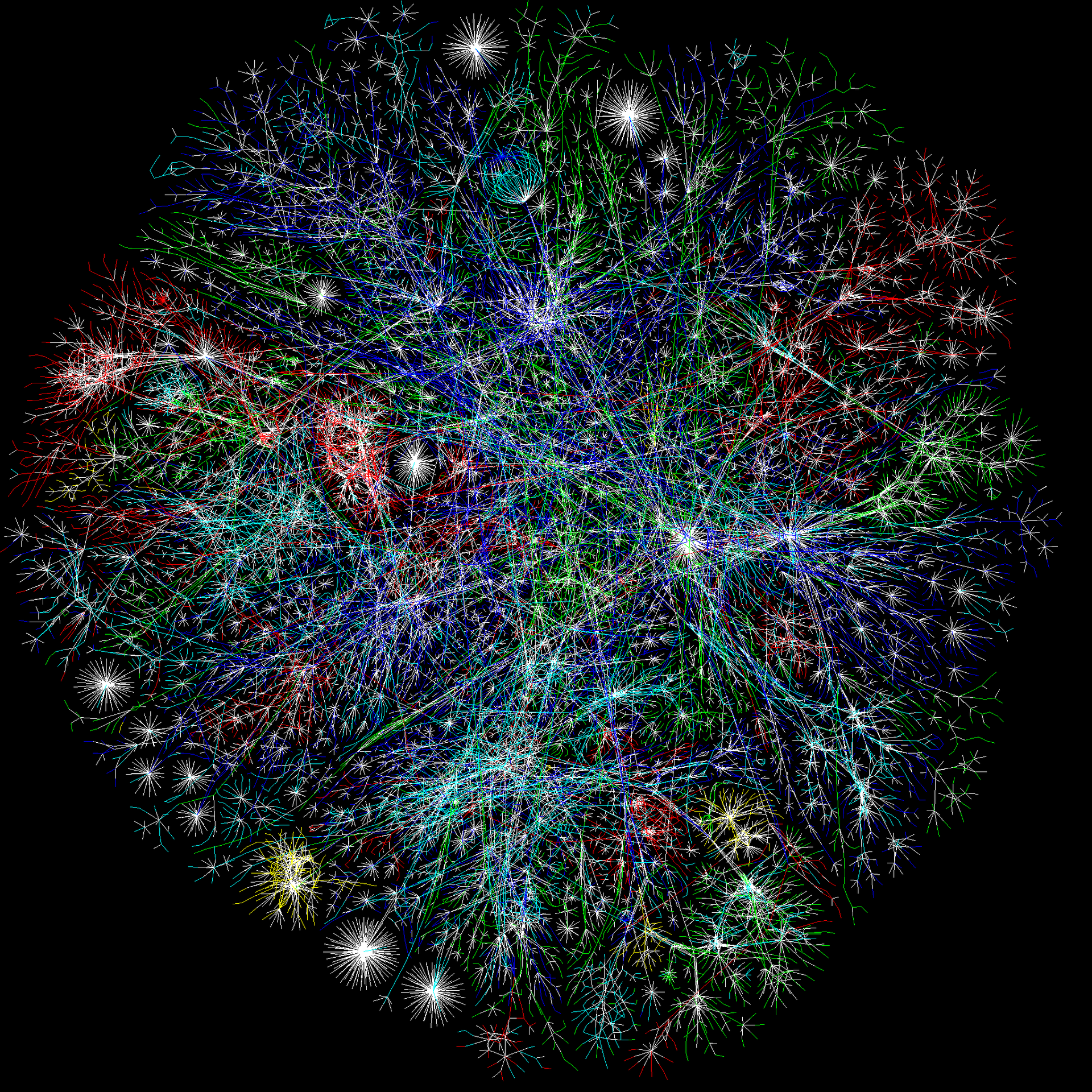Saturday night, I did Facetime with a friend who lives in Ecuador. We were planning his summer vacations in NY, and talking about politics here in the US and future presidential elections in Ecuador. My friend told me that during his vacations he wants to visit Canada as well, so we researched on the Canadian Embassy website the requisites for the Visa. Then, my friend tagged me on a picture on Instagram of places in the East Side that he wants to visit. We both were looking at the pictures, making comments and deciding some possible places to go. A couple of minutes later, I realized my friend and I have visited six different Instagram profiles related with NYC spots.I think having this chance is cool because although my friend and I are in different countries we can see the same information at the same time.
Then, my friend send me a link from a video on Facebook related with politics in Ecuador. We discussed about it and watched other related videos that appeared in that profile. Next to the video I was watching different ads from my favorite stores showed up. I clicked on the ads and started looking for clothes and shoes. I visited about three different websites and ended up buying a pair of winter shoes. While I was talking to my friend I got a Facebook message from my club here at Baruch. The president asked information about Ecuadorian singers and dancers that could perform for us in an event. I immediately send him back the contact information, YouTube videos and Facebook profiles from these groups. My friend and I looked for airplane tickets in different websites, we did not buy it yet, but we signed up for alerts to receive notifications when there are low-price tickets.
Once I finished doing the activity, I realize the powerful influence technology and media has over human beings nowadays. Our lives are based on the interaction with media and activities such as google information, like pictures, follow profiles on social media, or shop online. Digital media made our life easier because we can find all information we want just with a click on the website and even talk or see with people in other countries anytime we want. I thought, how could I do all these activities in a pre-digital era? my first thought was “ I would not be able to do it. There is no way for this.” For example, doing Facetime with my friends would not be possible. The only option to be in contact with him would be through letters that will take about a month to him to receive and then get my answer back.In order to have information about places to visit for vacations I might had to go to a tourist office, or if I wanted to buy a pair of shoes, I must had to go to the store and buy them there. In other words, these activities could not been done in a pre-digital media era. In a few words, I concluded that all human activities and interactions have changed with digital media. Through this activity, I analyzed some advantages we have nowadays with digital media such as a quicker and more access to information, facilitate communication through social media, mails, or video calls apps such as FaceTime or Skype. One of the biggest changes in media is the easy of exchange information through the use of smartphones and different social media platforms. As Couldry states on page 7, “the years since 2005 have seen a more fundamental disruption to media and media research. Digital media convergence has accelerate hugely. Circulating your photos and videos online has become commonplace; so too commenting on other people’s blogs mashups and online self-presentations. The increased availability of mobile phones with fast internet access has increased (exponentially), people’s capacities to be receivers and circulator of media. The fast growth of social networking sites has added an entirely new dimension”. Different social media platforms give us the chance to exchange information very quickly with million people around the world. These communication platforms has influenced in the way people relate to each other and the way information is delivered. Millions of people use social media platforms as Facebook and twitter as sources of news. The article News consumption in a digital world explains “a significant increase in social media and access via mobile devices.” Everyday more people are using smartphones and have access to internet, which has influenced in the way people read news or find information. A negative aspect about digital media era is the irresponsible way in which some people manage their social networks. There is not much control on what is published then unwanted information can be delivered to everyone in a matter of seconds.
One of the biggest changes human beings experience with digital media is the chance to shop online. The following video Digital Transformation – The Business World of Tomorrow talks about the future of digital business. Companies has the responsibility and the need to innovate and transform their services if they do not want to stay behind their competitors and market.
https://www.youtube.com/watch?v=8d32Ps1VYAk
Questions:
- How do you think social media could have a negative impact on company’s image and reputation? Give a real example.
- Digital media evolves so quickly and changes our lives. How do you think social interaction will be in 10 years from now?
